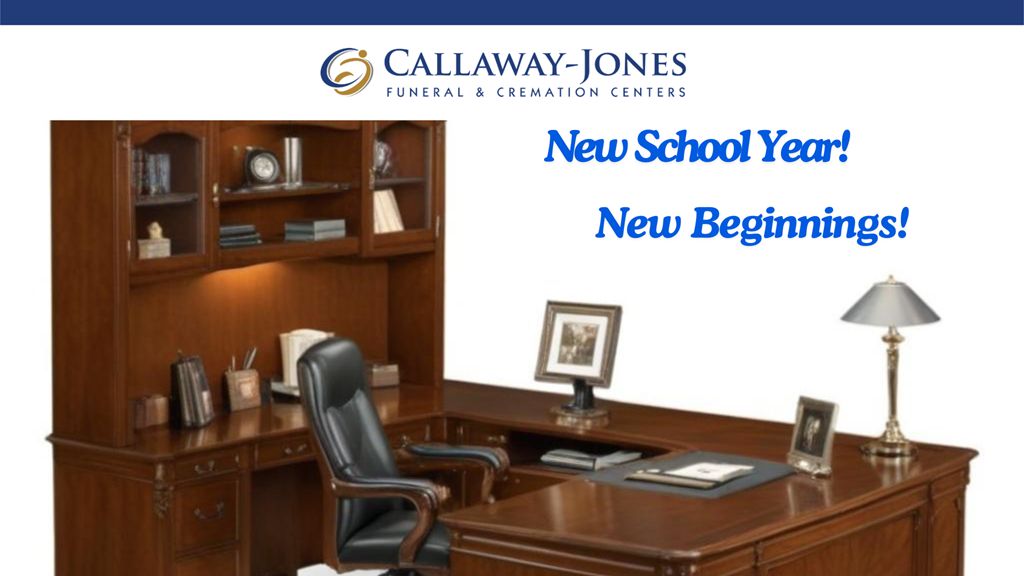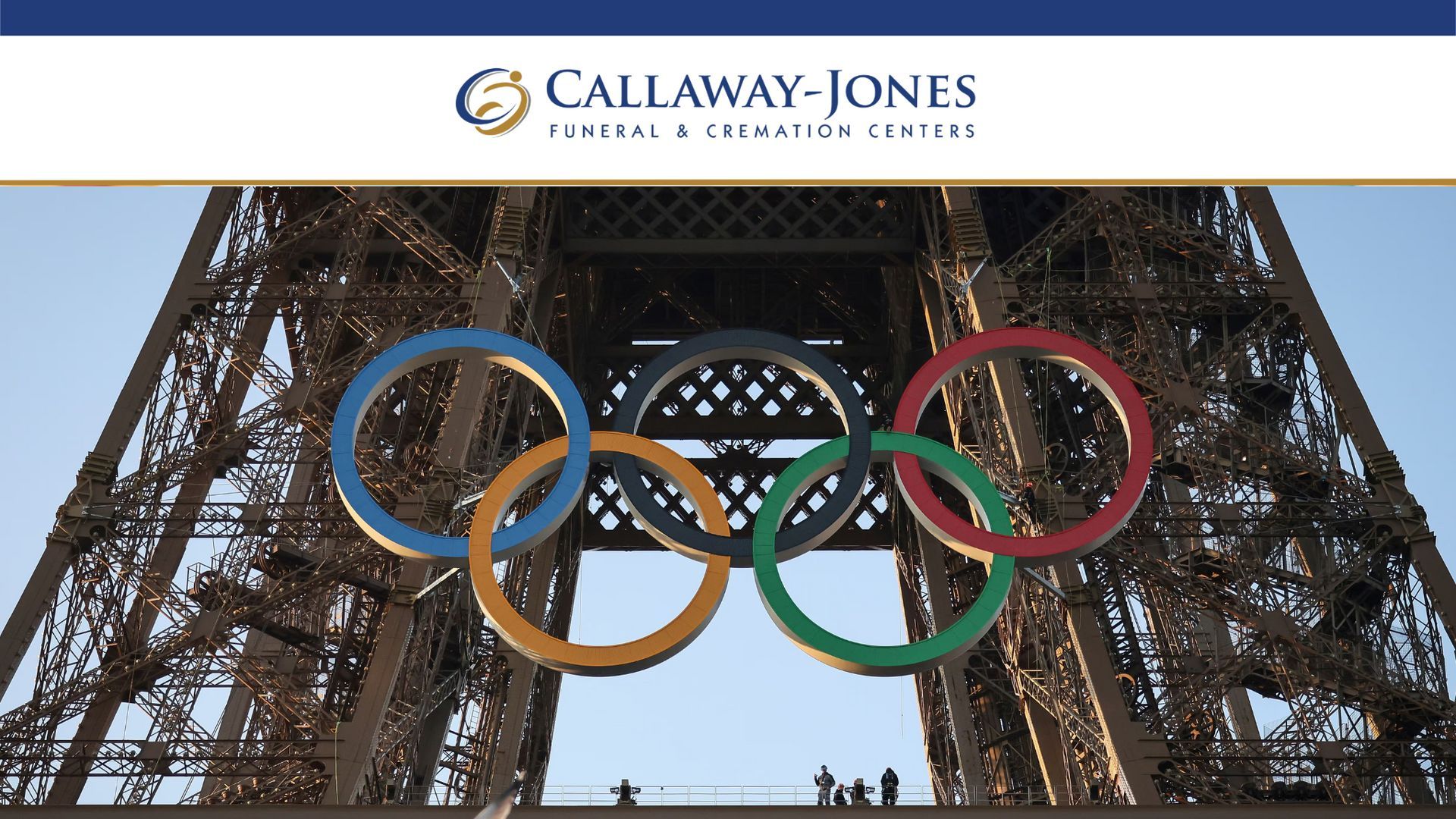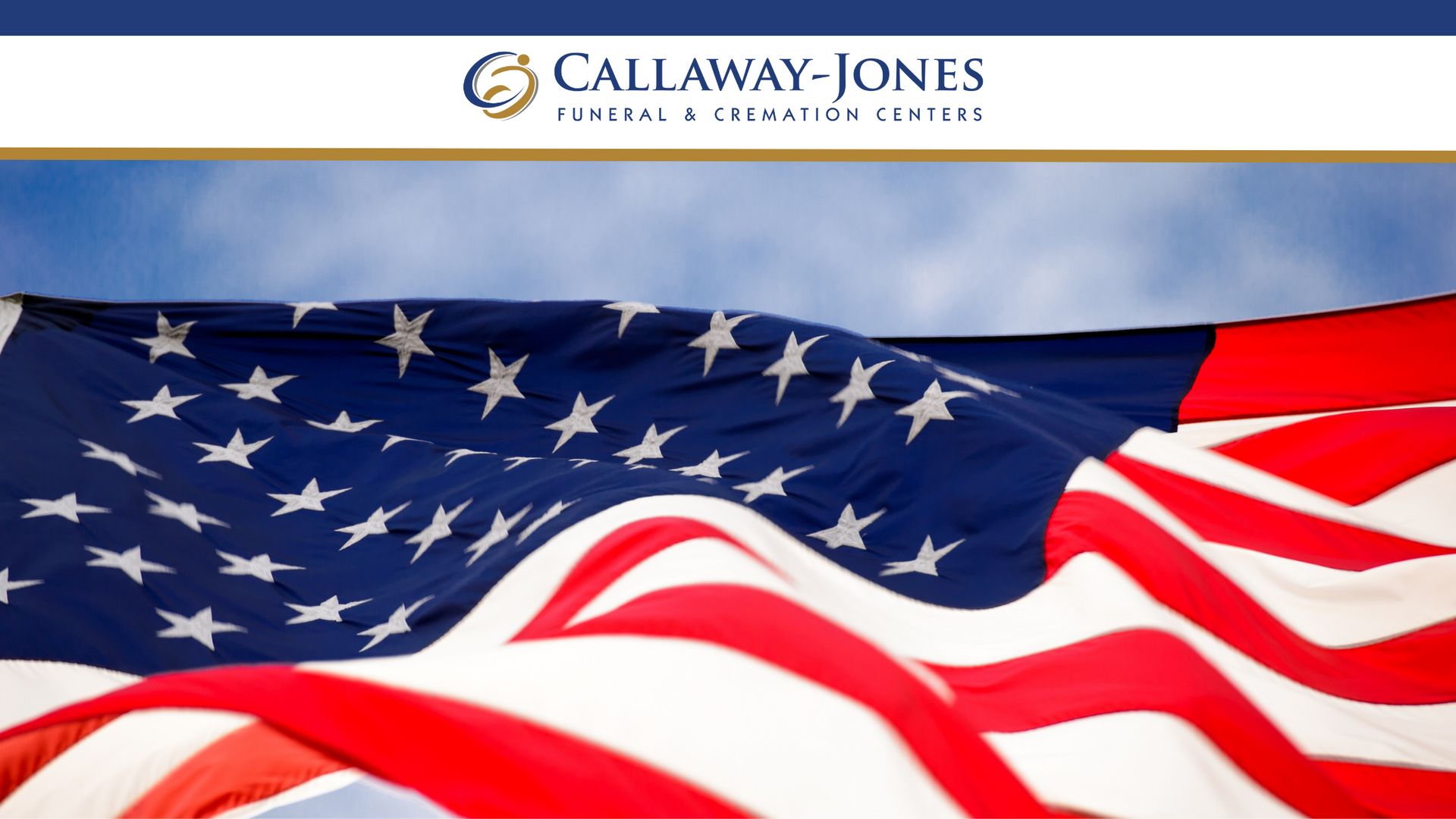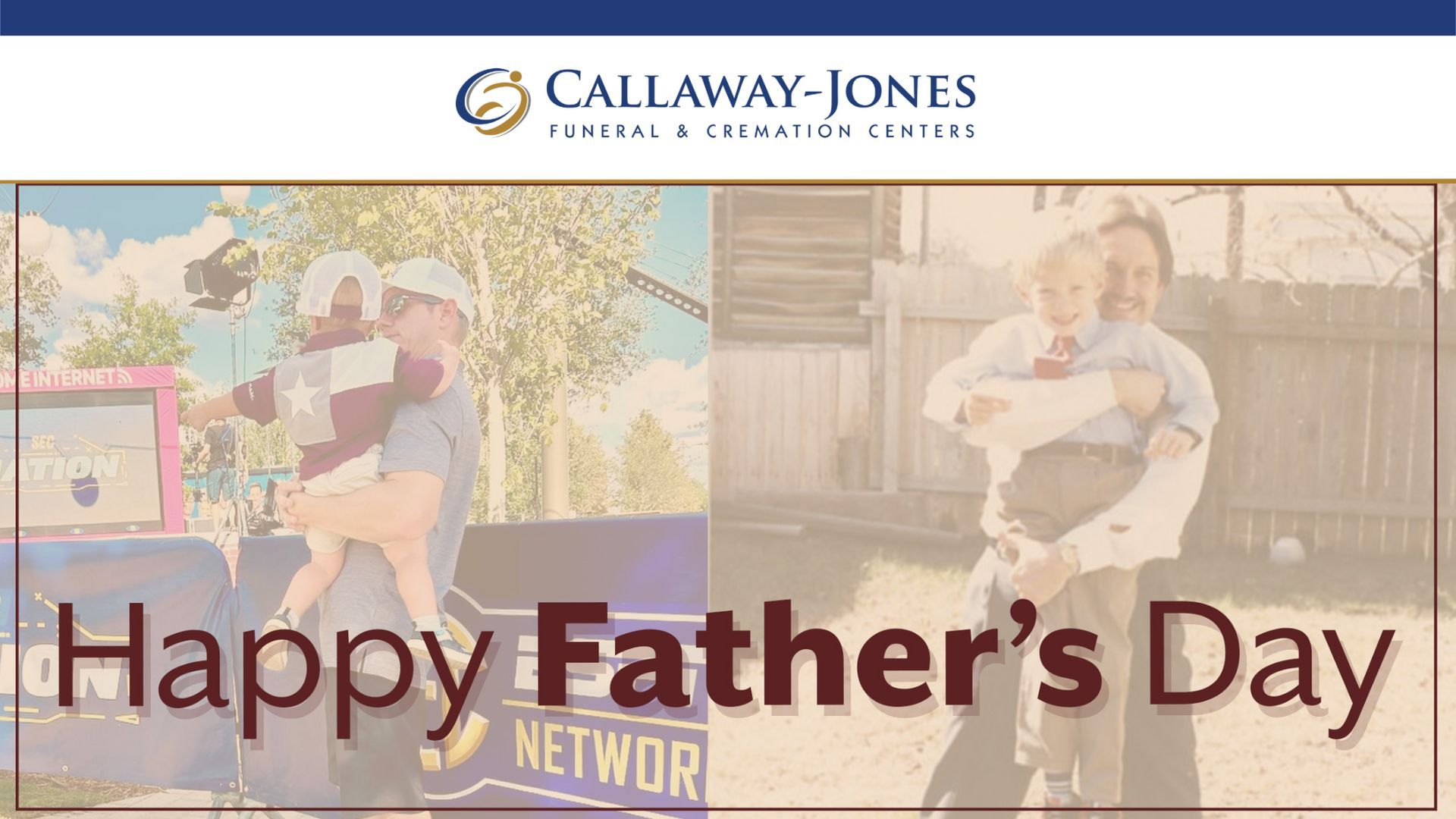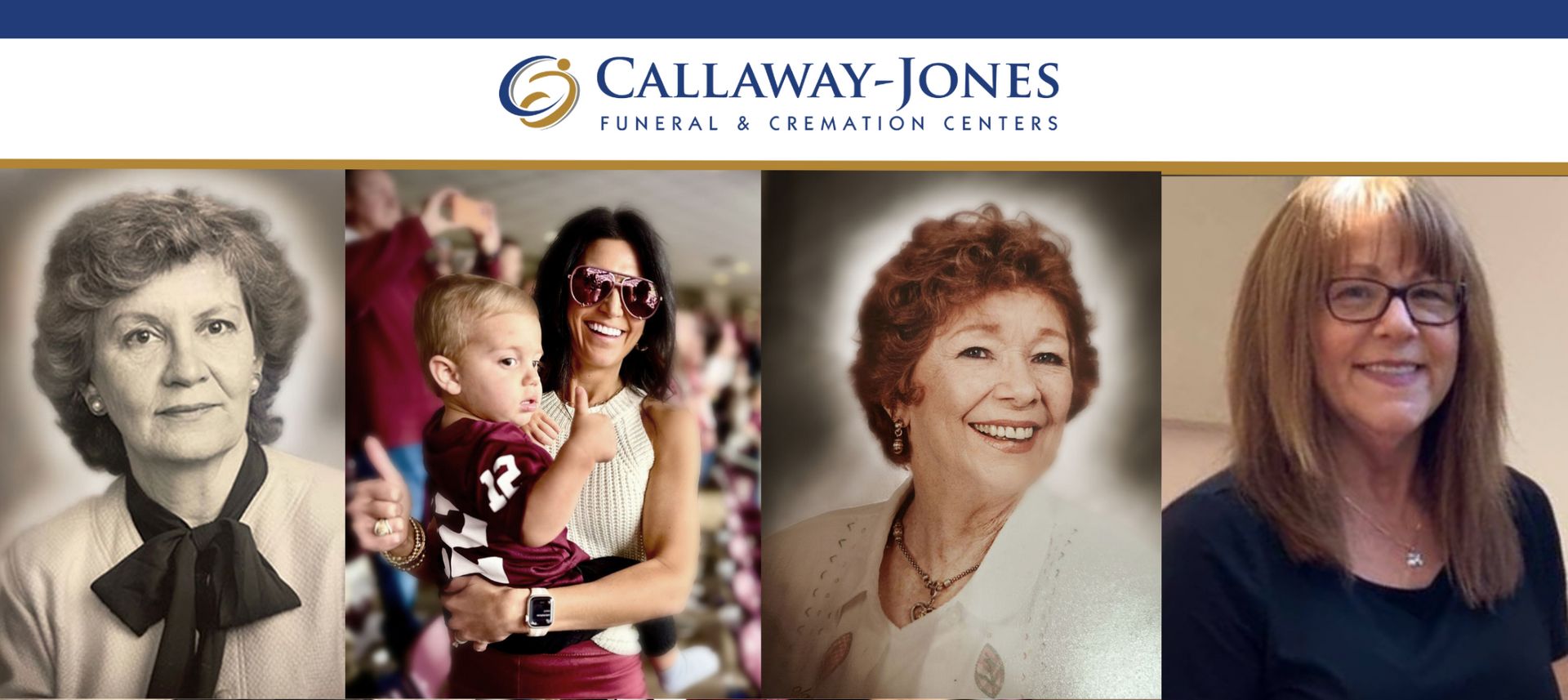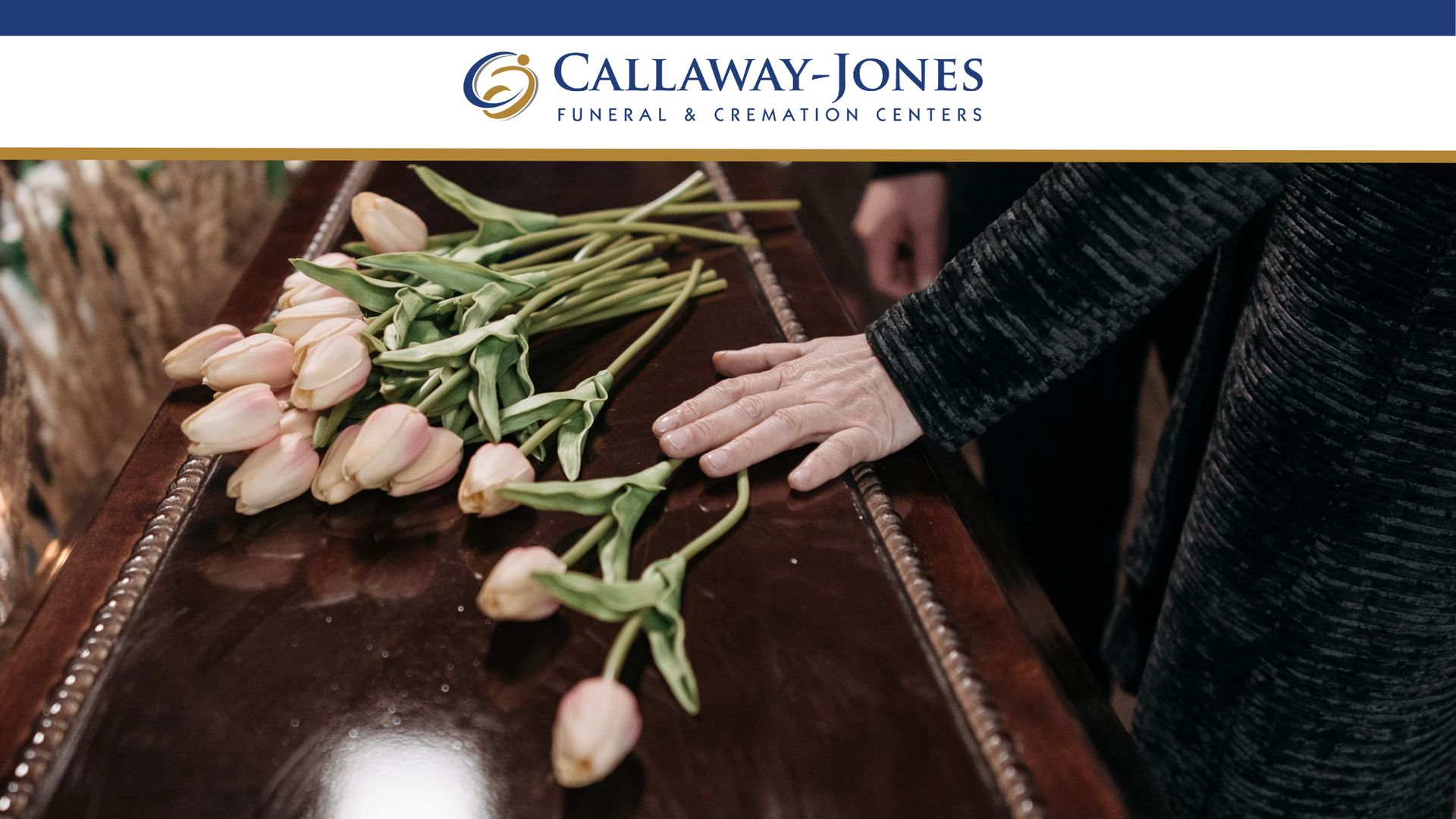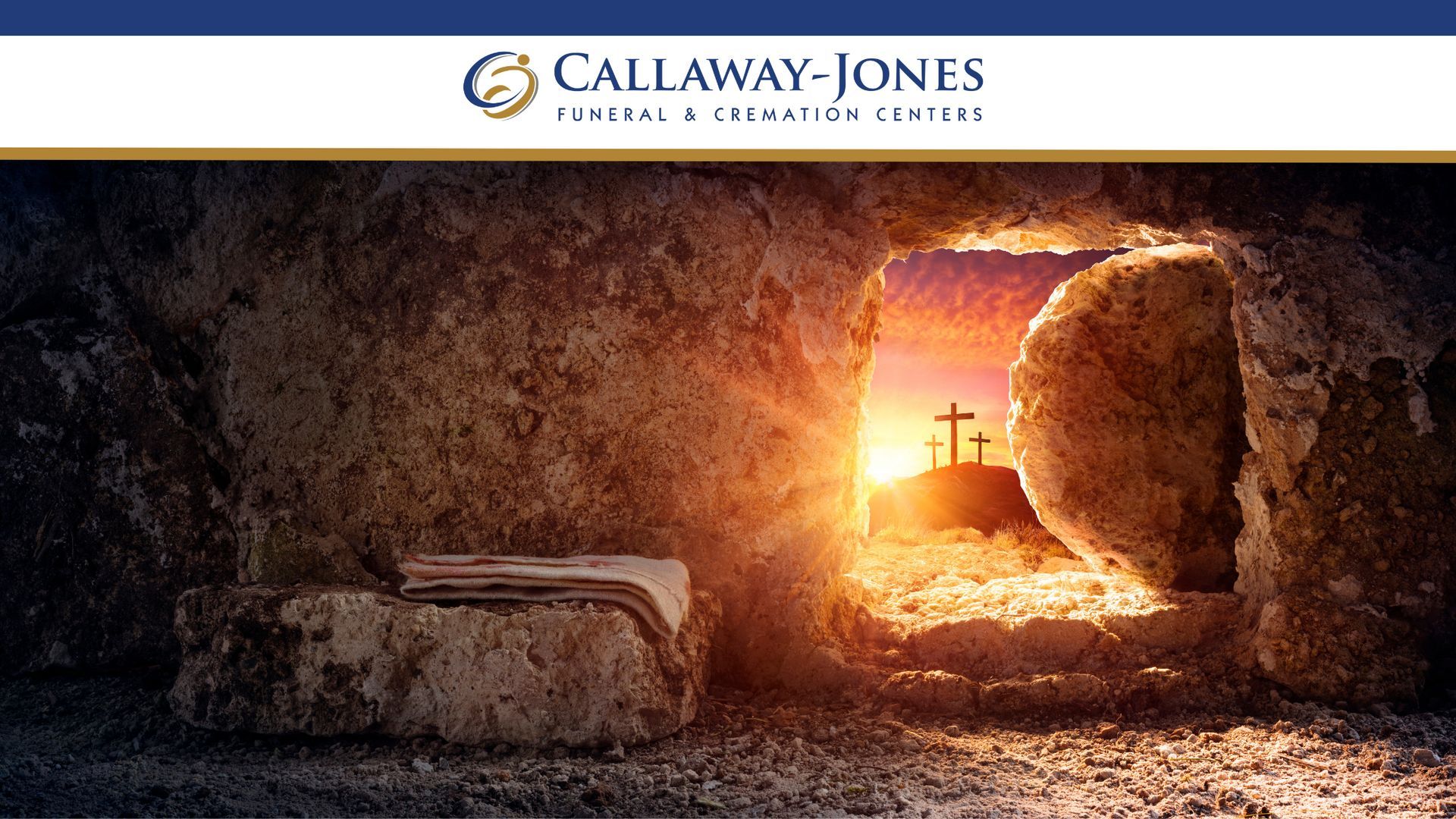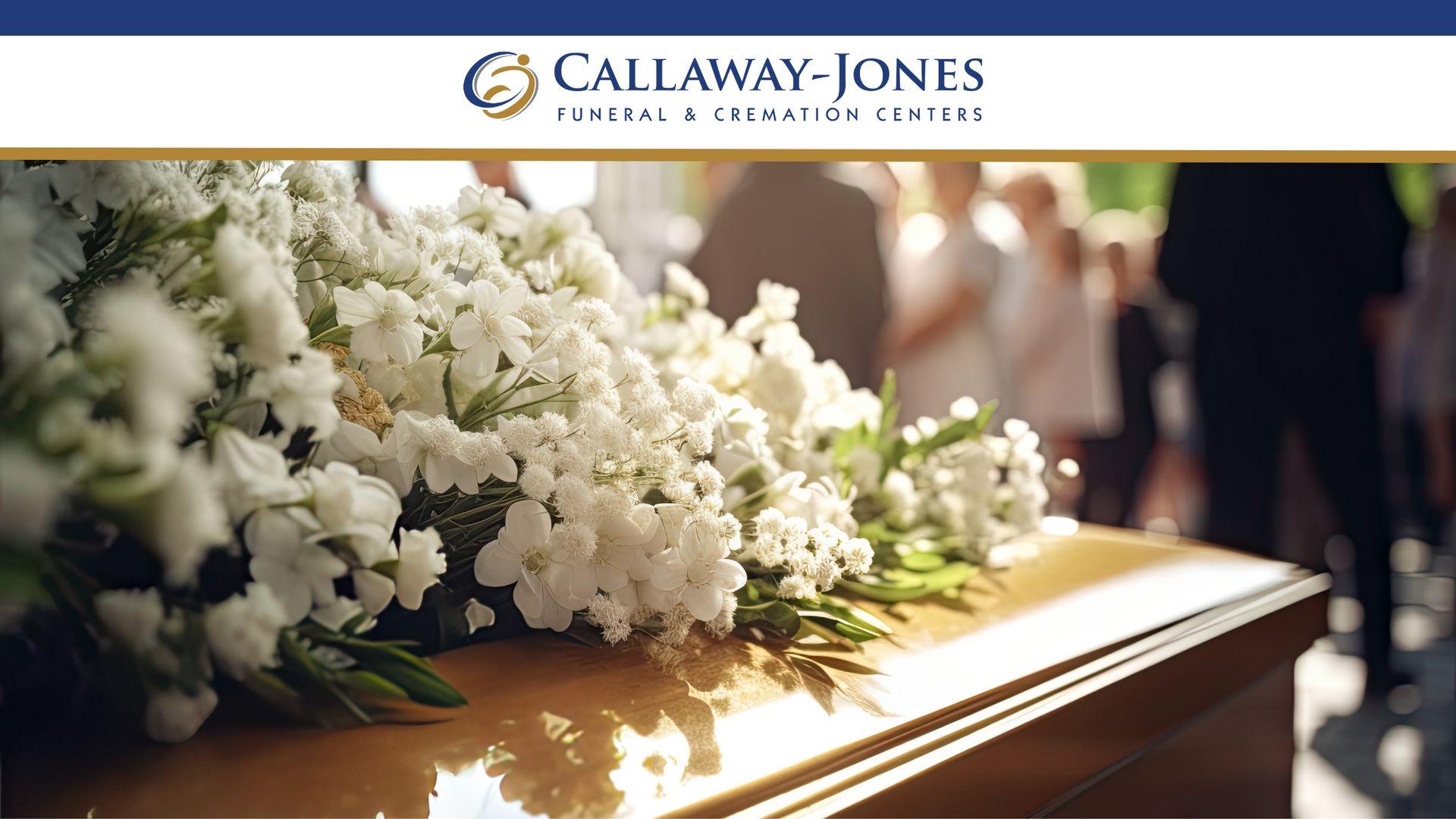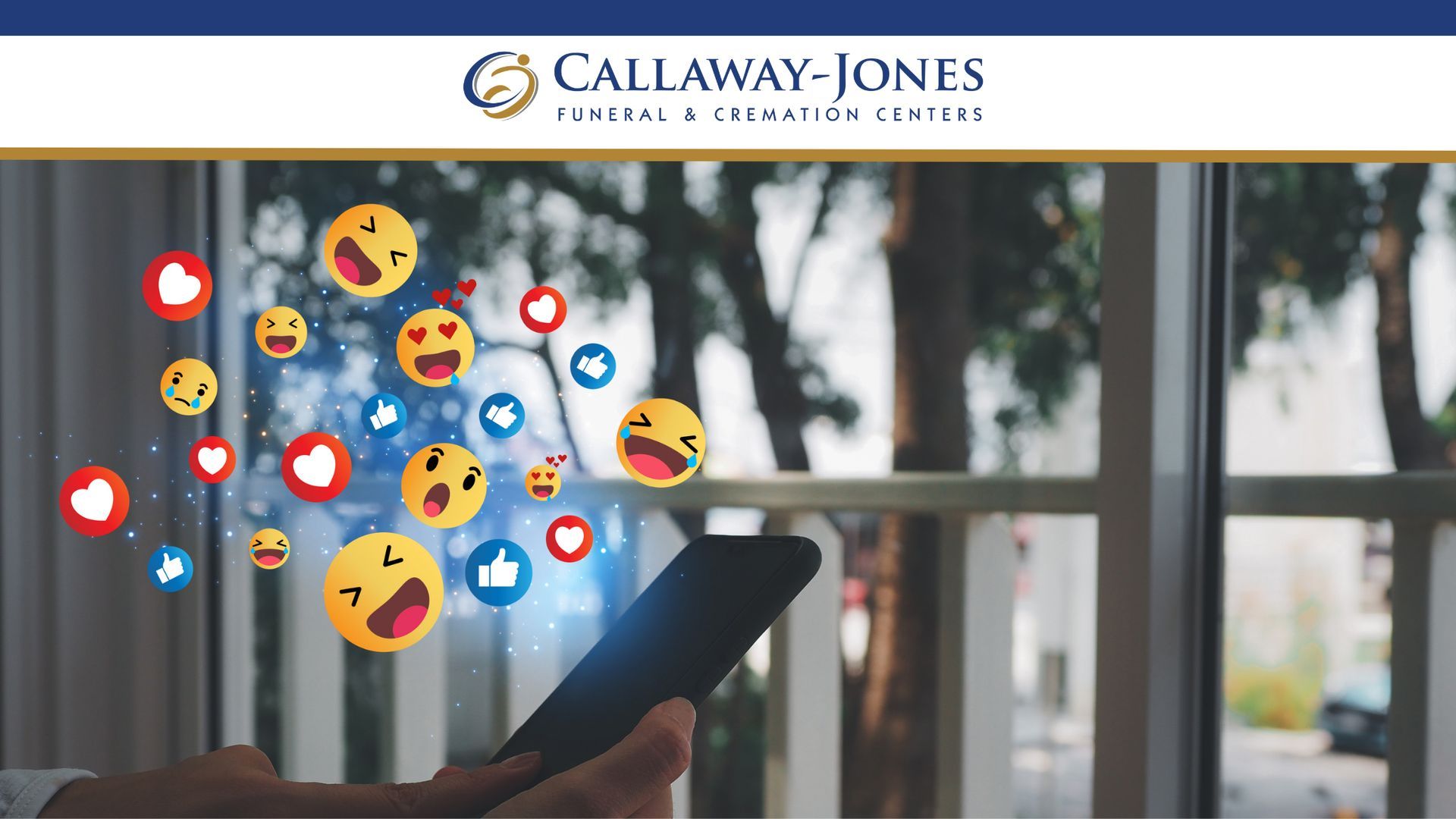The Meaning of Memorial Day for Soldiers Then and Now
Every time I hear someone say, “Have a good Memorial Day,” as we do so often out of reflex, I pause for a minute. So often the newspaper and TV ads and mail circulars are printed in big, bold, red, white, and blue colors, with stars and rockets soaring, reflecting a sale, or a picnic that you need to stock up for, or just any single thing that has zero to do with the true cause of Memorial Day in our hearts.
Most of us in this generation only know by stories what it is like for the doorbell to ring and have two uniformed soldiers standing outside, waiting to officially inform a mother and father that a grateful nation is sorry to share that their son or daughter lost their life in service to our country. Whether wartime or peacetime, these were the most dreaded times of our parents’ and grandparents’ lives. Some made it home; others didn’t.
Burial may be in a family plot, or in a national cemetery, an honor that is due all who served, and this day is one where family visits the graveside and places flowers or a wreath on the grave. In other cases, when a soldier was missing in action, lost at sea, without a body to ship home. For those families especially, there was never any peace or sense of closure.
Last week at school, children made buddy poppies in their arts and crafts classes. This tradition goes back to 1922. These simple decorations are powerful, poignant national symbols that honor memories of those who gave their lives serving our country.
With all the standards and traditions that remain, one group of individuals who find themselves overlooked or left out of history books, not formally recognized as essential personnel no longer with us—those who returned from service having experienced post-traumatic stress disorder (PTSD). Ultimately this exposure led to suicide, so this a second group of those whose lives were lost because of military service.
As a society, we are now beginning to understand the impacts and ultimate outcome of some cases of PTSD upon our military service personnel. In 2021, military benefit information published notes “Some 224 million Americans have experienced a traumatic event. Of that number, some 20% will develop PTSD symptoms, roughly 44 million people.”
Thinking back to the days of our grandparents, what we call “The Greatest Generation,” those of us with grandparents or parents who served our country in wartime experienced sights, sounds, memories, and losses of life that were so traumatizing that they did not even bring up the subjects of what they saw during wartime when they were safely at home. It was simply never discussed.
Many people were so sensitive to noise that the children in the family all had to keep their inside sounds muted and never loud, never with surprises like back doors banging shut, let it sound like a bullet round or something. Often times, the veteran would find themselves drinking before dinner to stay calm, or perhaps they’d visit a bar before coming home. Not always, but sometimes, this was a common response to try and fight the horrors of PTSD.
Back in the day, they used terms like “shell shock” and “combat shock” that applied an immediate response to an immediate trigger. Some people sought to retire from military service when their enlistment period was over. Others managed to overcome the triggers to not being in shock every time a pot or pan fell in the kitchen.
PTSD is real, it’s more than just reliving a time or circumstance where an act of war took someone’s life by another’s hand. Soldiers sent to Vietnam experienced atrocities they simply could not talk about then, and sometimes not even today. They have flashbacks where they see everything, asleep or awake, and it causes the mind to play tricks on itself and you think you are truly there all over again. In 1980, PTSD “was recognized as a specific condition with identifiable symptoms.”
Of all the impacts of PTSD, “Suicidal thoughts or self-destructive acts are often a result of PTSD or related symptoms. Anyone experiencing thoughts or urges to self-harm should seek immediate care to prevent the condition from getting worse in the short-term.”
Where to get help: The Department of Veterans Affairs is one place to get information on PTSD and they will help find a therapist for a veteran who needs one. There is also a Suicide Crisis Hotline (800-273-8255) that has resources especially for Veterans and they are also confidential.
Locally, there is an organization called Brazos Valley Cares , and their purpose is “to support individuals who have served in the United States military services, and their families with additional consideration given to the Brazos Valley.” Their website is www.brazosvalleycares.org , and they are located at 1401 S. Texas Ave., Bryan, TX 77802; phone number is (979) 361-7815. They help veterans get back into regular life once they leave the military.
Next month we will share more about what PTSD means, particularly in the military service. Every service person who loses their life during military service is remembered on Memorial Day. Added to this list should be those who die after returning because of mental and emotional injury and trauma that occurs during the height of training or battle. On Memorial Day, we remember them as well.
One reminder: if you would like to add your military veteran’s name to the Wall of Honor, the deadline is August 15, 2021, to have your name added to be included in recognition for the annual Veterans Day Ceremony. For more information visit this site: http://bvvm.org/wall-of-honor
We won’t say “Happy Memorial Day” as in terms of picnics and furniture sales and a day off from work this year, but we will say “Thank you for your service to our country” to all those who served. We remember: “All gave some, and some gave all.” We remain a grateful family with many of our own having served our country, and we are proud to be part of this community.
Cody D. ’02 and Chelsea Jones ‘11
Owners & Community Members
